
Mazda 6 Hatchback (2007-2012) engines, drive and performance
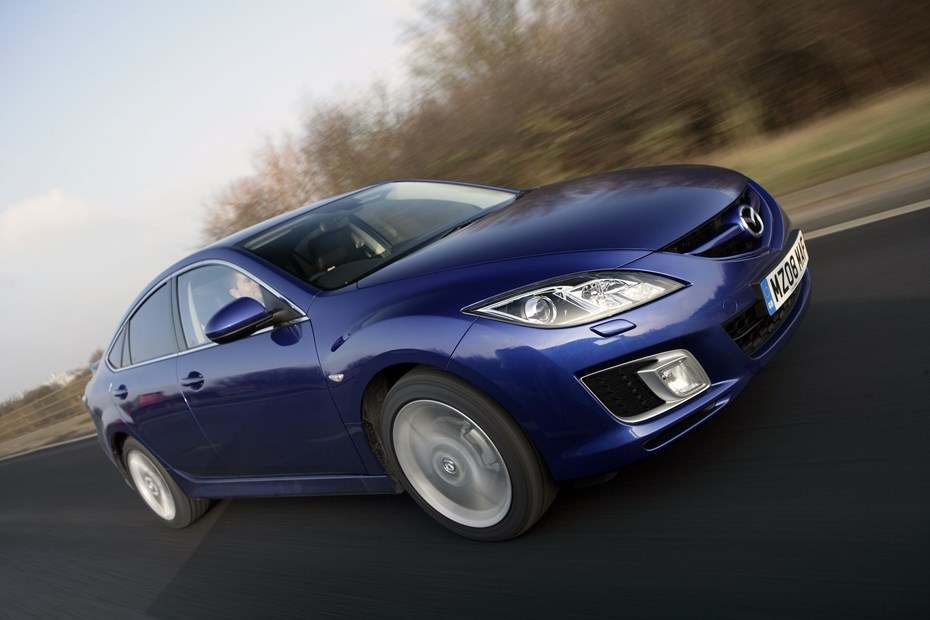
From January 2009 an all-new 2.2-litre diesel engine replaced the 2.0-litre version. Available with a choice of three power outputs (125bhp, 163bhp and 185bhp), the top version of the engine maintains the same level of fuel consumption and carbon dioxide emissions of the old 2.0-litre, but offers significantly quicker performance, and is quieter too.
Maximum power in all three versions is developed lower down the rev range and means the new 125bhp diesel takes just 0.2 seconds longer than the original 140bhp 2.0-litre diesel when accelerating from 0-62mph. The 163bhp model achieves the same benchmark sprint in 9.2 seconds, while the 185bhp version is almost a second quicker at 8.5 seconds. The 2.0-litre petrol engine feels responsive enough while the 1.8-litre engine is lively if you work it hard enough.
The range-topping engine is the smooth and rapid 2.5-litre petrol unit, but while it sounds good, it’s quite thirsty, averaging just 35mpg. In 2010 Mazda made some tweaks to its engines to reduce fuel consumption and lower emissions. The 2.2-litre diesel still comes in the same three power outputs (125bhp, 163bhp and 185bhp) but fuel consumption is reduced by 4.1% and CO2 emissions are down by 4.8%.
For the popular 163bhp version this means average mpg drops from 52mpg to 51mpg, and emissions drop from 147g/km to 142g/km. The choice of three petrol engine remains and are more fuel efficient by 3.2% and CO2 emissions drop by 4.4%. For the 2.0-litre petrol this means average mpg improves from 39 to 40, while CO2 emissions drops from 168g/km CO2 to 159, which drops the car a road tax band.
The Mazda6 has always been one of the most engaging cars in its class to drive, and the second-generation model offers a similar level of driving pleasure with the steering borrowed from the sporty RX-8 coupe. Composed on twisty roads, the Mazda has impressive levels of grip and resists leaning from side to side when cornering. The car has a firmer than average ride, although it still makes a good job of long-haul driving and the brakes are smooth and effective.
Stability control is standard across the range. In 2010 Mazda made some changes to the suspension and steering, which makes the car feel even more sporty and quicker to respond to direction changes. The ride does feel firmer, which on rough, bumpy surfaces means the car is can bounce over potholes rather than ride smoothly over them.


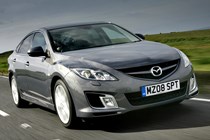
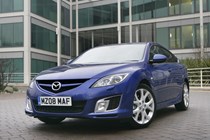
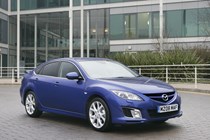

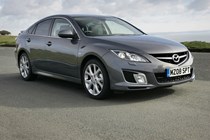

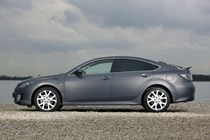
.jpg)
.jpg)
.jpg)
.jpg)

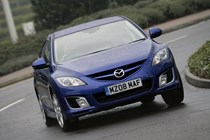

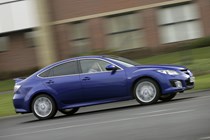
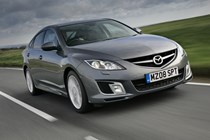
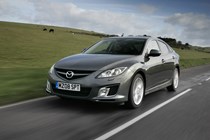
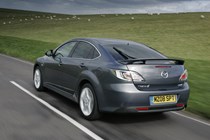
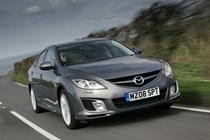
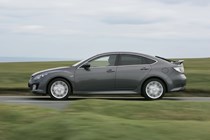
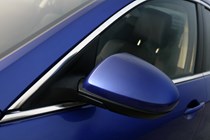
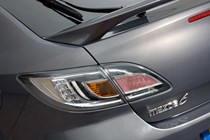
.jpg)
.jpg)
.jpg)
.jpg)
.jpg)
.jpg)
.jpg)
.jpg)
.jpg)
.jpg)
.jpg)
.jpg)
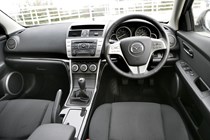
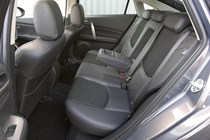
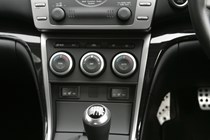
.jpg)
.jpg)
.jpg)
.jpg)
.jpg)
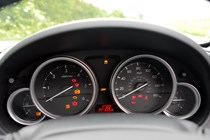
.jpg)
.jpg)
.jpg)
.jpg)
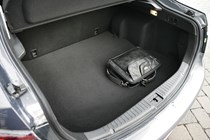
.jpg)
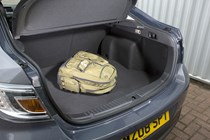
.jpg)
.jpg)
.jpg)
.jpg)
.jpg)







.jpg?quality=50)
.jpg?quality=50)
.jpg?quality=50)
.jpg?quality=50)











.jpg?quality=50)
.jpg?quality=50)
.jpg?quality=50)
.jpg?quality=50)
.jpg?quality=50)
.jpg?quality=50)
.jpg?quality=50)
.jpg?quality=50)
.jpg?quality=50)
.jpg?quality=50)
.jpg?quality=50)
.jpg?quality=50)



.jpg?quality=50)
.jpg?quality=50)
.jpg?quality=50)
.jpg?quality=50)
.jpg?quality=50)

.jpg?quality=50)
.jpg?quality=50)
.jpg?quality=50)
.jpg?quality=50)

.jpg?quality=50)

.jpg?quality=50)
.jpg?quality=50)
.jpg?quality=50)
.jpg?quality=50)
.jpg?quality=50)